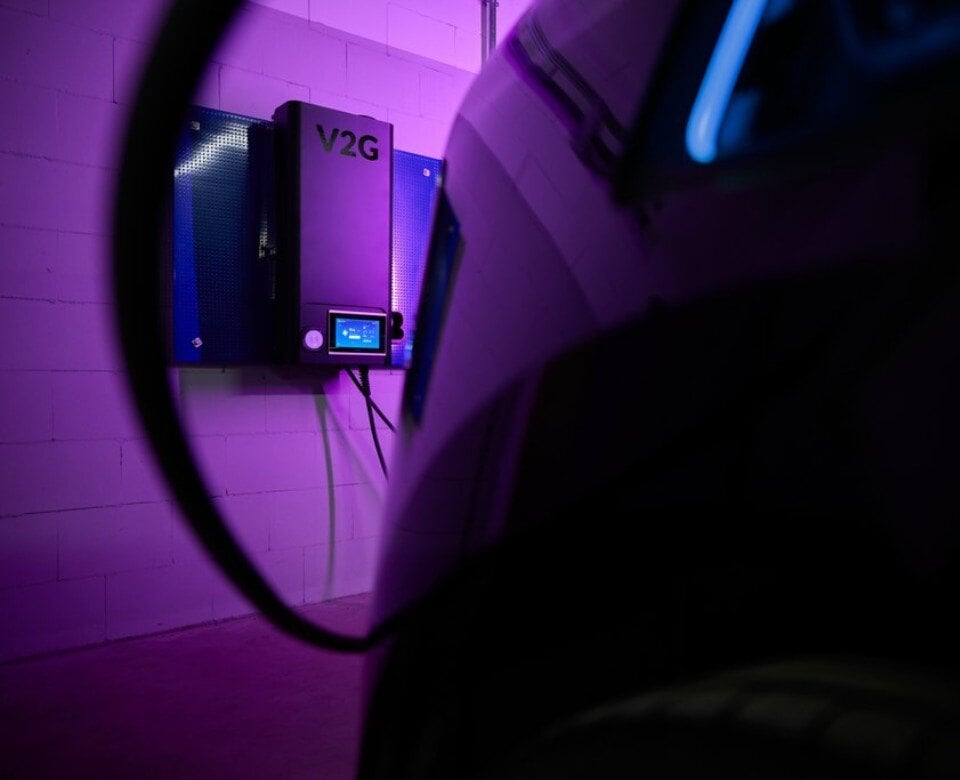
Scaling data architecture in the EV charging revolution: Lessons from Virta and Confluent
Discover how Virta, in partnership with Confluent, transformed its data architecture—from a fragile monolith to a resilient, event-driven ecosystem—enabling rapid scalability, system reliability, and business agility in the fast-moving EV charging sector.
As the world races toward electrification, the challenge of managing data from thousands of EV charging stations becomes a pressing concern. Virta, the Swedish-based electric vehicle charging platform, has navigated this challenge well, transforming its data architecture to handle massive data influx while scaling efficiently. In an exclusive C-Suite Exchange with HotTopics and Confluent, Virta’s Chief AI Officer Jussi Ahtikari shared his insights on how the business built a robust, event-driven microservices architecture that is both scalable and resilient.
The challenge: Data overload and system inefficiency
Virta’s journey began as a small startup in Finland a decade ago. Initially, they managed a network of around 100 charging stations, but as the company grew past 250 employees and close to €100 million in annual revenue, its data processing needs escalated dramatically. Fast forward to today and Virta handles around 40 gigabytes of data every hour, processing real-time information from charging stations worldwide.
Virta began with a traditional monolithic system. After several years, however, its tightly coupled operations made even simple tasks complex and error-prone. Today, its Chief AI Officer—Virta’s CTO at the time—noted, “[Back then] we had a situation where a single event, like a charging session starting, would trigger 20 different processes—billing, status updates, analytics, and more. If one part failed or slowed down, the entire process was compromised.
To tackle these inefficiencies, Virta’s technical team realised they needed to move to a microservices architecture; one where each service could function independently. Initially, they experimented with message queues like RapidMQ but this setup did not meet their scalability requirements. This is where Confluent came in.
Kai Waehner, Field CTO at Confluent explained: “Event-driven architecture allows data to be processed in real-time, which is crucial when you’re managing hundreds of thousands of charging events. It’s about making sure that the data flows continuously and can be consumed by multiple services without causing bottlenecks.”
Virta adopted Kafka as the backbone of their new architecture. Instead of trying to host Kafka themselves (a cumbersome process) they opted for Confluent’s data streaming platform. This decision significantly reduced infrastructure management overhead and allowed Virta’s team to focus on developing new features rather than maintaining data infrastructure.
Key takeaways: data quality and scalability
One major lesson was the importance of data quality. With charging stations from numerous vendors sending data in different formats, Virta needed a system that ensured data consistency across the board. Jussi noted:
“We had to implement strict data schemas and validation processes to maintain consistency. Whatever data format we received, we made sure that the published events met our quality standards.”
Moreover, Virta’s new system was designed to scale automatically—crucial for a company managing fluctuating data volumes. For instance, data surges during peak charging hours are handled seamlessly, while at night, the system scales down, saving on operational costs.
Beyond technical improvements, the shift to a microservices architecture also prompted an organisational change. Previously, teams were structured around specific technologies—backend, frontend, APIs—which made collaboration cumbersome. The new approach emphasised cross-functional, autonomous teams, allowing faster development and reduced dependencies.
Kai emphasised that real-time data streaming changes how teams think about and manage data:
“It’s not just a technical shift; it’s a cultural one. You’re no longer just reacting to data but actively shaping business processes in real-time.”
This approach enabled Virta to roll out new features more quickly and improve system reliability. When asked about the most significant benefit, Jussi answered, “We reduced our time-to-market significantly. What used to take months now takes weeks or even days. The ability to develop and deploy features independently made all the difference.”
C-Suite Exchange reflections
For C-suite executives both in the session and reading this, the lessons from Virta’s journey go beyond technicalities. The transition to a microservices architecture is fundamentally about building a resilient and scalable business model. Leaders looking to scale their own data-intensive operations can take a few key lessons from Virta’s experience:
- Prioritise data quality: Ensuring data consistency at every step will save time and resources later.
- Leverage data streaming platforms: Don’t get bogged down with infrastructure management—focus on development and innovation instead.
- Embrace cultural change: Breaking down silos and creating agile, cross-functional teams accelerates progress.
- Think real-time: Real-time data isn’t just faster: it’s smarter, enabling better decision-making and a more responsive business model.
Closing thoughts
By embracing event-driven microservices and prioritising scalability, Virta has positioned itself as a leader in the EV charging ecosystem. Their journey highlights the power of combining technical innovation with organisational agility, which any data lead would agree is a winning combination.
The Data Visionaries community:
Designed for data, technology, information, and analytics leaders, this community brings together executives in virtual and in-person events to tackle the biggest challenges in data integration, curation, governance, and ethics. Created in collaboration with Confluent.
SUBMIT A COMMENT
RELATED ARTICLES
Join the community
To join the HotTopics Community and gain access to our exclusive content, events and networking opportunities simply fill in the form below.
